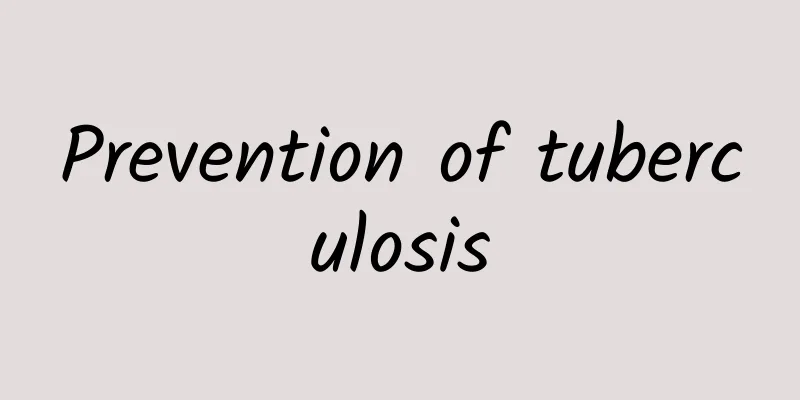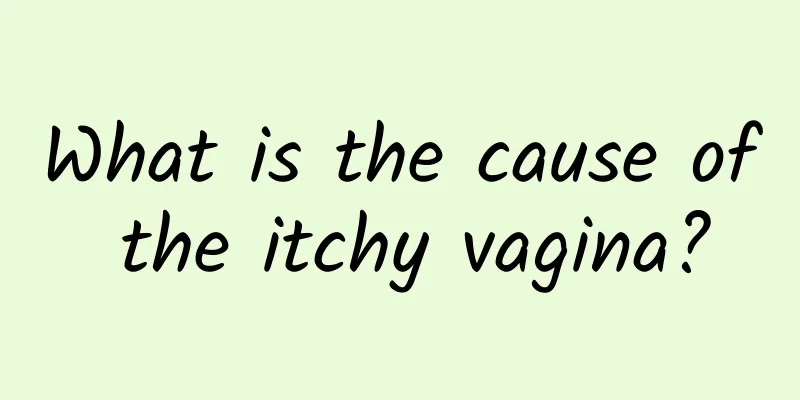What is the method of TCM to treat kidney cysts?

|
Traditional Chinese Medicine is a very traditional treatment method in my country with a long history. As a common clinical disease, renal cysts have many treatment options. Traditional Chinese medicine treatment of renal cysts is one of the feasible options. Traditional Chinese medicine mainly adopts dialectical treatment to control the disease. (1) The main symptoms of liver-kidney yin deficiency and liver-yang hyperactivity type include dizziness, tinnitus, back and knee pain, abdominal discomfort, fever in the five parts of the body, insomnia, flushed face, bitter taste in the mouth and dry throat, constipation, red tongue with yellow dry coating, and thin, rapid and stringy pulse. This type is more common in patients with polycystic kidney disease and hypertension. It is advisable to adopt the principles of nourishing the liver and kidneys, calming the liver and suppressing yang. The dietary conditioning formula is as follows: 12g each of Gastrodia elata, chrysanthemum, and peony bark, 30g each of white peony root and cassia bark, 15g each of selfheal, Achyranthes bidentata, Rehmannia glutinosa, and Alisma orientalis, 20g each of Poria cocos, Leonurus japonicus, and Salvia miltiorrhiza, 100g of corn, and appropriate amount of white sugar. Boil the first 12 ingredients in water to extract the juice, add corn and cook into porridge, then add sugar to taste. Take one dose daily, divided into 2 doses. (2) The main symptoms of Yin deficiency, internal heat and downward pressure on blood are abdominal lumps, soreness in the waist and knees, fever in the five parts of the body, dry mouth and thirst, hot and red urine, dry stool, red tongue with little coating, and a thin and rapid pulse. This type is more common in patients with polycystic kidney disease and hematuria. It is advisable to adopt the principles of nourishing yin, clearing heat, cooling blood and stopping bleeding. The diet adjustment is as follows: 12g each of Anemarrhena asphodeloides, Phellodendron chinense, and fried Pollen Typhae, 15g each of Rehmannia glutinosa and Chinese yam, 10g each of Cornus officinalis, Cortex Moutan, and fried Gardenia jasminoides, 20g each of Alisma orientalis and Poria cocos, 30g of Cirsium japonicum, 300g of raw lotus root slices, and appropriate amounts of salt and MSG. Boil the first 11 ingredients in water to extract the juice, add raw lotus root slices and cook until crispy, then add salt and MSG to taste. Take 1 dose daily, divided into 2 doses with meals. 30g each of raw rehmannia, Chinese cyperus rotundus, raw dragon bone, raw oyster, and madder, 12g each of white peony root, moutan bark, and cyperus rotundus, 10g each of blood ore charcoal and pollen cattail, 300g of soft-shelled turtle meat, and appropriate amounts of cooking wine, onion, ginger, salt, and MSG. Boil the first 10 ingredients in water to extract the juice, add the turtle meat and seasonings and cook until soft. Take 1 dose daily. |
<<: How does hot compress with coarse salt treat knee pain?
>>: What are some ways to make your nose straighter?
Recommend
What is heaviness and weakness in the lower limbs?
Some people are very sensitive. When something is...
Hyaline membrane disease
The main cause of pulmonary hyaline membrane dise...
Synovial swelling patch
Synovial anti-edema patch is mainly used for knee...
What to do if you feel bitter taste in your mouth after taking Chinese medicine
Traditional Chinese medicine has little stimulati...
Moxibustion for the treatment of tenosynovitis
Tenosynovitis is currently a common disease in or...
Will eating too many pears cause diarrhea?
Pear is a fruit that is fragrant and sweet, crisp...
Why does my heart beat faster when I sleep at noon?
The heartbeat speeds up after a nap at noon becau...
Is it normal to have red bumps at the base of the tongue?
The surroundings of people are not smooth, there ...
What wine should be added to seahorse to nourish kidney
Seahorse is a marine creature and also a relative...
Dietary considerations for psoriasis
Psoriasis is the most difficult disease to treat....
Can I eat fermented rice wine and eggs when I have a cough?
You can eat fermented rice wine eggs when you hav...
Is amine smell in leucorrhea a symptom of inflammation?
A normal person's leucorrhea should not have ...
What does urethral polyp look like?
Our human body has many parts, many bones, and ma...
What is Chickenpox
Chickenpox is a viral disease that is familiar to...
The efficacy, effects and contraindications of burdock root
Burdock root is a Chinese herbal medicine that co...









